10 Common Causes of Flat Tires & Expert Tips on What to Do If You Get One

Most drivers don’t think about their tires until something goes wrong. And when it does, it’s often at the worst possible time: during a morning rush, on a long trip, or a remote road. Flat tires are a part of driving life, but knowing the leading causes and how to handle them can make a frustrating situation more manageable.

Here’s a deep dive into the most common causes of flat tires and expert tips on what to do if it happens to you.
1. Sharp Road Debris
One of the most frequent causes of flat tires is running over sharp objects like nails, screws, glass shards, or scrap metal. These items often accumulate after storms or near construction zones. Even something small can pierce the rubber and lead to a slow leak or immediate puncture.

2. Worn-Out Tire Tread
Think of tread like the grip on your shoes; it provides traction and protects your tires from external damage. When the tread wears down excessively, the tire becomes more susceptible to punctures. Bald tires are also more likely to lose control in wet or uneven conditions.
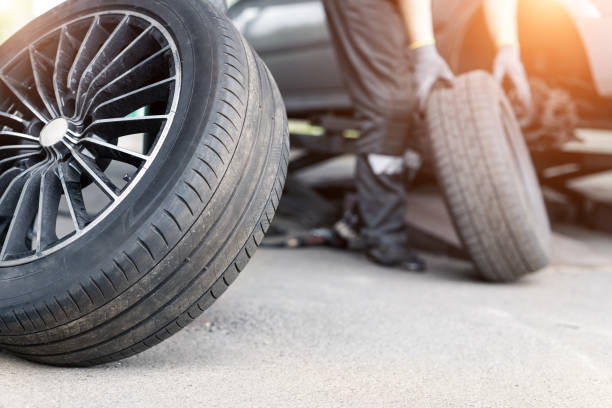
3. Improper Inflation Levels
Tire pressure matters more than most people realize. Under-inflated tires create too much flex, causing excessive wear and overheating. Over-inflated tires, on the other hand, become rigid and more susceptible to damage from bumps or potholes. Always use the manufacturer’s recommended pressure, which you can find on a sticker inside your car’s door or in the owner’s manual.
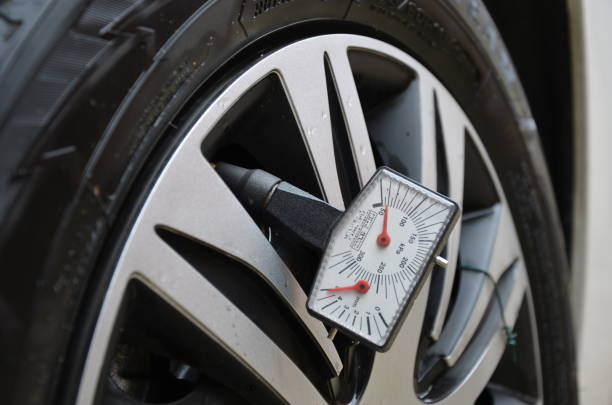
4. Faulty Valve Stems
A small but crucial component, the valve stem is responsible for keeping the tire properly sealed. If the stem is damaged, corroded, or cracked, air can leak out slowly without a clear cause. These kinds of leaks are tricky, often going unnoticed until the tire is nearly flat.
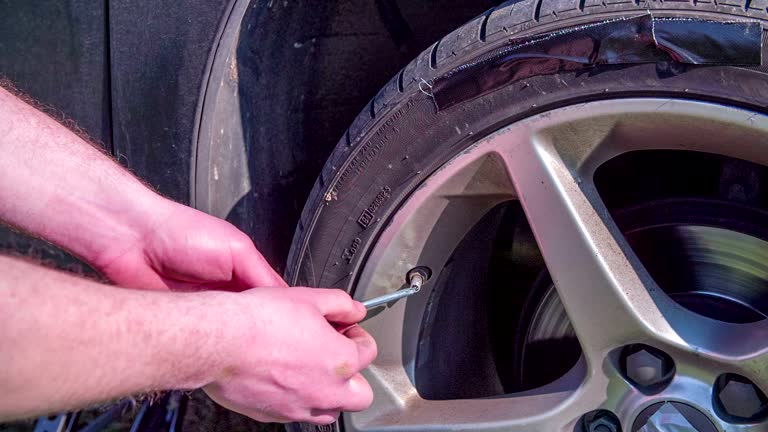
5. Damaged Tire Beads
The bead is the inner edge of the tire that seals it against the rim. If the bead is damaged, either from improper installation or a hard impact with a curb, air can escape. A damaged bead may not cause a blowout but can result in slow, frustrating leaks.
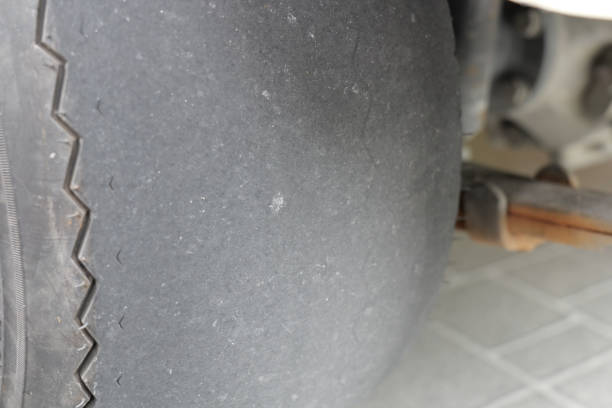
6. Pothole Impacts
Hitting a pothole at high speed can lead to what’s called a “pinch flat,” where the tire gets compressed between the rim and the pavement, often damaging both. These types of flats can occur even with newer tires and are more common in areas with poor road maintenance.
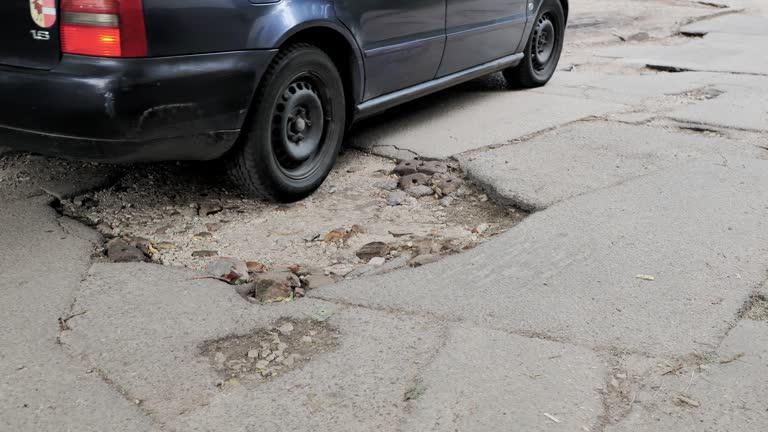
7. Overloading Your Vehicle
Tires are designed to carry a maximum weight. Overloading your vehicle, especially during road trips or when transporting heavy goods—puts extra strain on them. This can cause the tires to overheat, weakening the rubber and increasing the chance of a blowout.
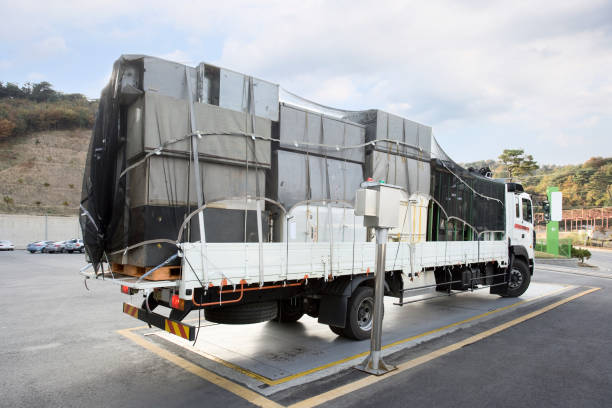
8. Vandalism or Tampering
While not common, intentional damage does happen. Slashed sidewalls, loosened valves, or tampering can cause a flat overnight without warning. If there’s no visible puncture or cause, vandalism could be the reason.
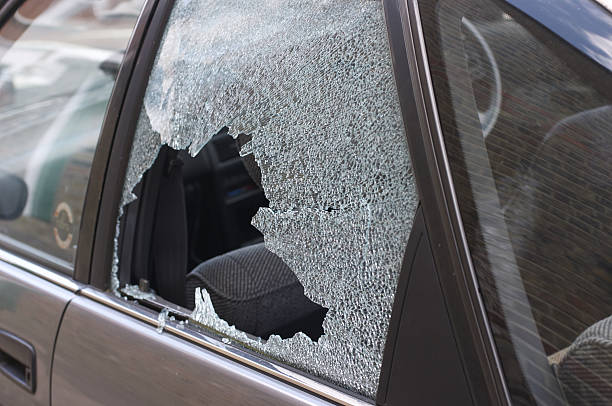
9. Rim or Wheel Damage
A bent or cracked rim can prevent the tire from sealing properly. This often happens when a car hits a curb or large obstacle. Even a small deformation can lead to consistent air loss over time.
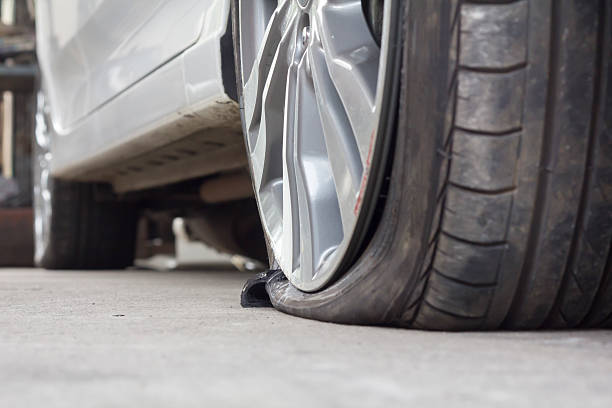
10. Alloy Wheel Corrosion
Alloy and aluminium wheels are prone to corrosion, especially in humid or salty environments. Corrosion where the wheel meets the tire can allow air to slowly escape. Regular cleaning and inspections can help catch this before it becomes a problem.
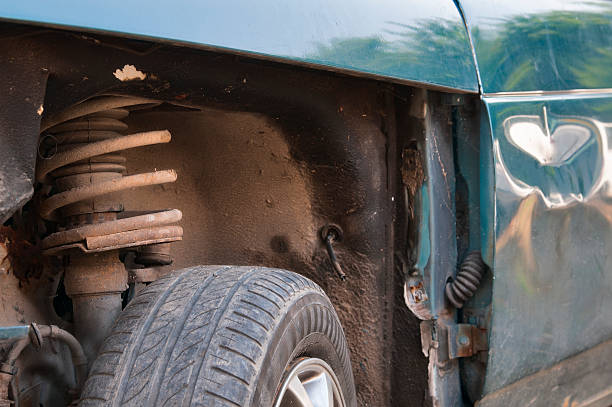
What to Do When You Get a Flat
- Stay calm and pull over safely: Reduce speed and find a flat, visible area away from traffic.
- Turn on your hazard lights: This alerts other drivers and keeps you safe, especially in low visibility.
- Check the damage: If it’s a slow leak, you might use a tire inflator or sealant. If the tire is completely flat, avoid driving further.
- Install your spare (if you have one): Use your jack and tools to mount the spare tire. Make sure it’s inflated and drive cautiously.
- Call for help: If you’re unsure how to change a tire or don’t have a spare, roadside assistance is your best option.
Stay One Step Ahead
A flat tire can be a stressful and inconvenient experience, but it doesn’t have to be a disaster. By understanding the top causes and keeping a cool head when it happens, you’ll be better prepared to handle it. Regular tire maintenance—like checking air pressure, inspecting tread, and watching for early signs of damage—goes a long way in preventing flats. And remember, having the right tools and a backup plan (like a spare tire or roadside service) gives you peace of mind on every trip.
Related article: The Best Road Trips from Johannesburg: Scenic Routes & Must-See Stops




